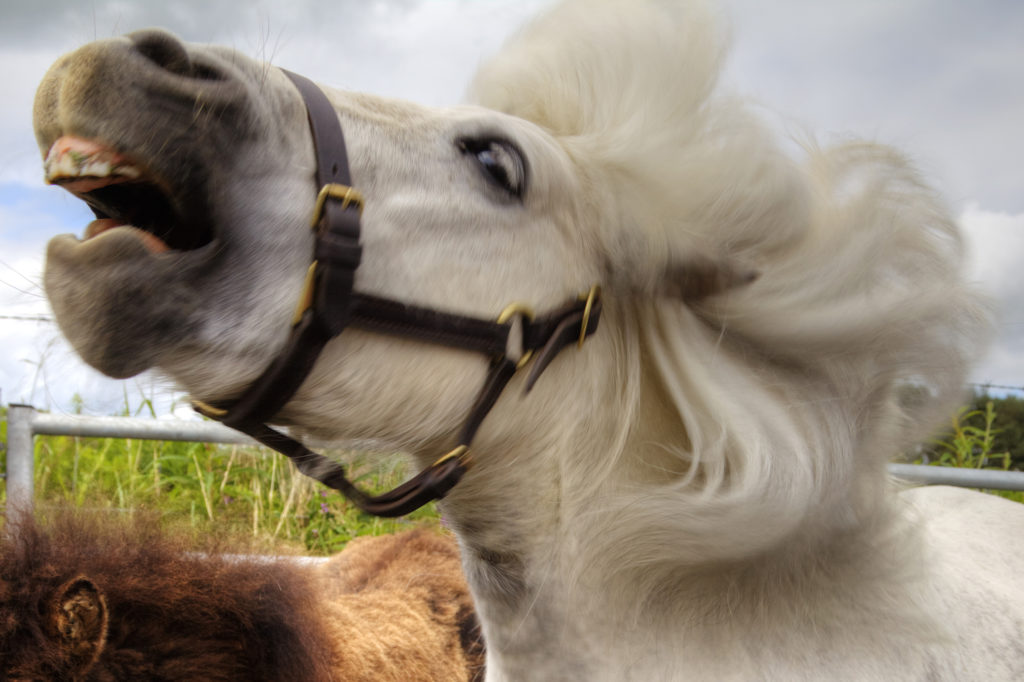
Venograms and Laminitis
What is a venogram, and how is it used to help diagnose laminitis?

What is a venogram, and how is it used to help diagnose laminitis?

Current horse breeding trends are characterized by a decline in mares bred and a new focus on well-being of established pregnancies, as well as enhanced genetic selection related to the health and future performance of foals.

An SAA test can identify illness in horses, and it can also ensure they’re healthy enough for other procedures, such as surgery. Here’s a look into how some vets use SAA in their practices.

Veterinarians might soon be able to diagnose sarcoids in horses using a simple blood test rather than an invasive biopsy. Here’s what researchers are studying.

A standing equine PET scanner will soon be available at Santa Anita Park. Veterinarians and researchers hope it will ultimately help identify subtle pre-existing bone changes before they lead to catastrophic injuries.

Researchers confirmed that a technique called acoustic myography could be useful for evaluating suspensory ligament function, which could mean more straightforward diagnoses, treatment recommendations, and monitoring of these injuries as they heal.

Researchers confirmed that ultrasound is a useful and economical screening tool to identify humeral stress fractures and can be used with radiography to monitor healing.

While physicians have used capsule endoscopy in humans for more than a decade, it’s only recently become commercially available on the veterinary market for dogs and shows promise for use in horses.

Determining why a horse isn’t performing up to expectations can be a time-consuming and tedious process. One veterinarian shares how she approaches these cases.

Purchasing a horse is primarily about risk assessment, which is why prepurchase exams are so important. Here are some things to keep in mind.

Researchers showed that the VP7 blocking ELISA test is highly reliable and works in exactly the same way every time its used, an important factor African horse sickness control and monitoring.

There’s a nerve-tingling explanation behind many equine headshaking cases. Here’s what you need to know.

Researchers found that high-field MRI provided highly detailed and anatomically accurate images of equine stifle soft tissues.

MRI revolutionized the way veterinarians diagnose problems with the equine podotrochlear apparatus. Dr. Kyla Ortved explains its importance and when it’s worth the expense.

MRI is allowing vets to identify lameness conditions that were harder to evaluate in the past. One such ailment, most frequently found in sport horses, is osseous trauma of the long pastern bone’s sagittal groove. Here’s what they’ve learned so far about this condition.

Neck pain in horses remains challenging for veterinarians to diagnose and treat, but new options are on the horizon, one practitioner says.
Stay on top of the most recent Horse Health news with
"*" indicates required fields